As the NHS has to care for more patients with long term conditions, such as COPD, the emphasis is turning towards different ways of providing this care. This can reduce the strain on the NHS – especially when it is short of staff – but may also be less intrusive for patients.
In association with Philips Respironics. Click here to visit COPD Insider.
Telehealth and tele-monitoring are increasingly being used with these groups of patients. Amie Day, home care clinical support at Philips Healthcare, highlighted the work Philips had done with Liverpool CCG where patients with a variety of long term conditions used telemonitoring.
This had led to a 22-32 per cent reduction in admission rates but patients also felt more confident in managing their conditions at home, said Ms Day.
Investment in telehealth by the health community around Frimley Health Foundation Trust had also shown good returns, said Dr Hayter.
There was some scepticism about current returns from telehealth from Dr Roberts, however. He pointed out that the cost per quality-adjusted life year had been calculated at £93,000. “I believe that technology is part of the solution for the future but we need to be very careful before we roll it out more widely,” he said, adding there was a need for more research.
There may also be a place for greater use of technologies already in place – Ms Cheesley pointed to Skype consultations, for example, but said it had to be about making the system fit the patient rather than the other way around.
Roundtable: How best to support patients at home to ease the burden on the NHS?
- 1
- 2
 Currently reading
Currently readingRoundtable: How telehealth can help with home care
- 3
- 4





















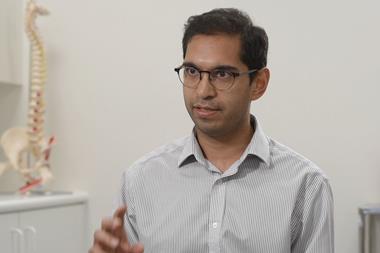
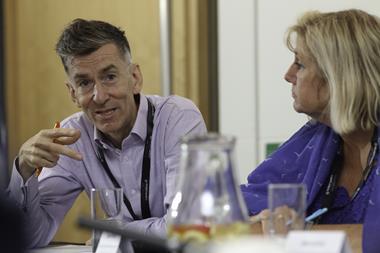






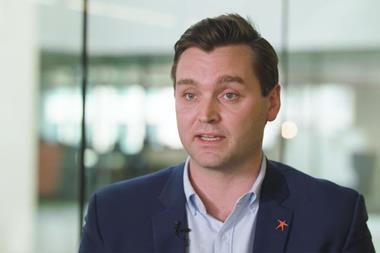


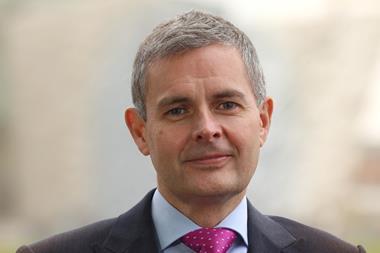

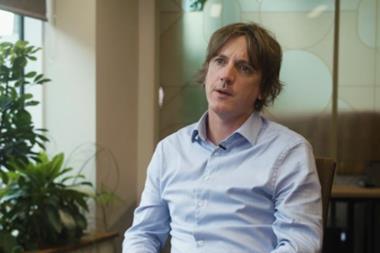






No comments yet